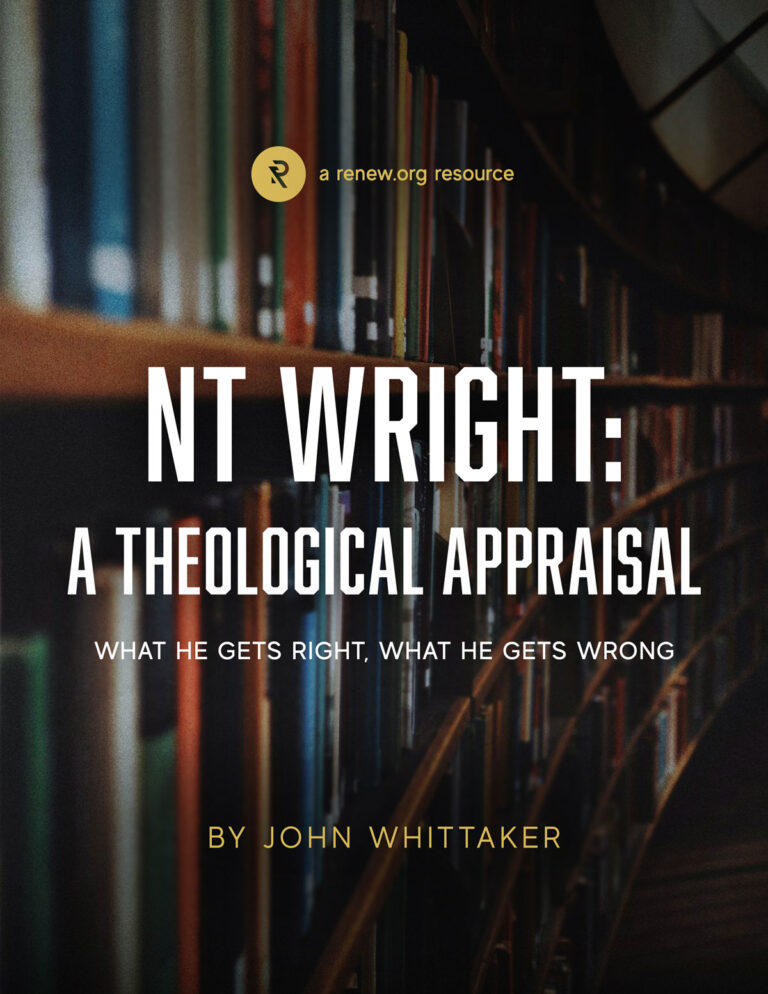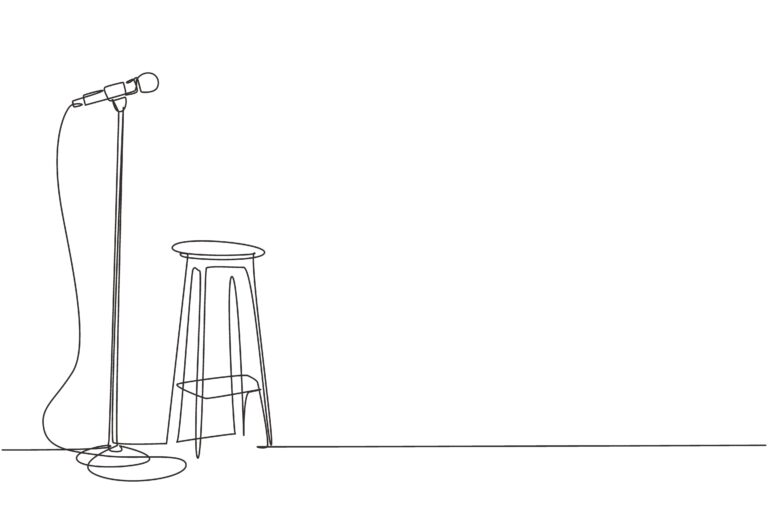Author’s note: This is my fifth article dealing with pastoral burnout. Recent Barna research revealed that 33% of ministers had given serious thought to quitting.[1] My own research for a graduate studies project showed 63% of those surveyed had given or were giving serious thought to quitting the ministry. Previous articles provide an overview to challenges ministers face and how key regular rhythms of renewal like silence and solitude and community can create resiliency.
After being married for 31 years, I’ve realized something. (Yes, I’m a slow learner.) It’s this: I like simply being in my wife’s presence.
When I was younger, I would see older couples eating at a restaurant or sitting on a park bench and they would just…be sitting there. Yes, in the restaurant they would be eating, but often they would not be talking. They would just be eating in one another’s presence. Or on the park bench, they would just be sitting there in one another’s presence and not be doing…anything.
I understand it now. Sometimes I just want to be near my wife. We don’t have to talk or do anything for me to feel content in that moment.
This is how I am coming to understand prayer.
In my research on pastoral burnout, I saw this interesting dynamic at play.
- 73% of ministers were satisfied or very satisfied with their walk with God.
- 100% were engaging with God nearly every day.
- 73% of those surveyed had been serving in ministry for over 10 years.
- Yet 68% had given serious consideration to quitting ministry within the last 5 years.
“68% had given serious consideration to quitting ministry within the last 5 years.”
The most practiced spiritual discipline of these ministers was prayer.
Now, I do not believe that quitting ministry is necessarily a sign of failure. Sometimes it is the right choice. What I wrestle with though is this question: Shouldn’t our walk with God, especially our prayer life, build resilience for ministry in our lives?
One of the principles that became so clear from my interviews with ministers is that resilience in ministry is not created through technique. It’s a byproduct of relationship.
There is an overemphasis on technique in our world today. We have become too pragmatic. This is also true in how we often look at our relationship with God. We can pay more attention to a specific means of connecting with God than our posture in connecting with Him, forgetting that God speaks the most through His presence.[2] We can too easily get into a mode of “checking the box” on our prayer list or become overly concerned with “getting something” from our time with God and miss the beautiful truth that prayer is more than simply what we do.
What I heard reflected in my interviews is that prayer became another “to do” on the never-finished task list. Somewhere along the way, doing for God replaced simply being with Him.
“Somewhere along the way, doing for God replaced simply being with Him.”
Having this posture of simply being with God in prayer is what I call “abiding prayer.”
For the record, I don’t believe prayer can be defined in only one way or that in real life we can really separate the different forms of prayer. Any time we pray, we can and should pray in multiple ways. But how often is prayer reduced to what Evelyn Underhill calls “conjugating three verbs: to want, to have, and to do?”[3]
Abiding prayer is also not just “a time in prayer” with God, although it certainly flows out of time dedicated to being with Him. It is more than just going over a prayer list. It is to lovingly turn our attention to God. It is to posture ourselves to listen more than talk. To inhale (receive) as much as exhale (walk away with something to do).
When we read that Jesus often withdrew to pray or spent all night in prayer (Luke 5:16, 6:12), it is safe to assume He did not spend that whole time talking. Or when Paul says to pray without ceasing (1 Thessalonians 5:17), he did not mean to literally never stop talking. At the heart of prayer, there is something more going on than what we do or say.
Paul describes us being transformed when we “contemplate the Lord’s glory” (1 Corinthians 3:18, NIV). When we contemplate, behold, or look at God, we are transformed by His Spirit. Prayer is more than talking. Prayer is more than doing. Prayer can be enjoying His presence. When we are with God without an agenda, He renews us, sustains us, works in us, and builds resilience in us even when we don’t see anything happening.
“When we contemplate, behold, or look at God, we are transformed by His Spirit.”
Here are some practices that have been helpful to me.
Breath Prayer
This is praying a phrase or Scripture in rhythm with our breathing. It can be adapting a Scripture like Isaiah 30:15,
“In returning and rest (breathe in),
I shall be saved (breathe out).”
It can also be something personally meaningful. Here is one I use often.
“I am fully known (breathe in).
I am fully loved (breathe out).”
Breath prayers are helpful to enter a set time with God or even to set your mind on God throughout your day.
Lectio Divina
This is praying Scripture. There are a lot of resources available on this ancient form of prayerfully reading Scripture. Bottom line with this approach is that you read a portion of Scripture multiple times seeking to dwell in the Word so that it dwells in you. Ultimately it enables us to pray Scripture. My favorite resource on this approach is Eugene Peterson’s Eat This Book.
“Bottom line with this approach is that you read a portion of Scripture multiple times seeking to dwell in the Word so that it dwells in you.”
Listening Prayer
As the name suggests, this is simply listening to what God might be saying. This combines well with lectio, or you can simply ask God a question that’s on your mind and then listen.
This practice has been so profound in my life. I realized along the way I did so much talking in prayer that I rarely listened (which is often a problem for us preacher types). I will often ask God what He wants me to know or do about a situation and then I will just listen. Sometimes I get an impression. Sometimes a Scripture comes to mind. Sometimes not much happens. I am still often surprised (although I know I shouldn’t be) when I later see the connection to what He revealed.
[1] The State of Pastors, 2024, https://barna.gloo.us/reports/the-state-of-pastors-feature.
[2] David G. Benner and Thomas H. Green, Desiring God’s Will: Aligning Our Hearts with the Heart of God, The Spiritual Journey (s.l: InterVarsity Press, 2015), 60.
[3] Evelyn Underhill, Spiritual Life. Four Broadcast Talks by Evelyn Underhill (Mansfield Centre, CT: Martino Fine Books, 2013), 10.











